A doctoral degree is the highest academic degree awarded by universities. A Ph.D. is an advanced terminal degree that requires a lot of reading, but it also allows students to use dance as a source of knowledge. Up until recently, dance has not stood on its own. However, with the recent rise of "embodied practice," the field is now able to validate movement as knowledge. If you are considering pursuing a doctoral degree in dance, here are some tips to help you decide where to enroll.
First, you should have a Master's degree in dance. A Master's degree must have been earned from an accredited university or college. The degree should demonstrate your ability to engage in advanced study and research in the field. You should also have extensive teaching, choreographing, or other related practice in the field. Your experience in the dance world is an important factor, as it will determine the level of your dissertation.
Once you have your M.A., you can apply for a Ph.D. in dance. You'll have to complete an entrance exam and an interview. You'll also have to submit a research thesis. This will be the most difficult part of the process, so you should be prepared for that. If you're unsure about which path to take, you can look online for videos explaining what is involved.
Ph.D. in Dance Eligibility
Candidates who want to take admission in Ph.D. must have a post-graduate degree in Dance and its relevant discipline with at least 55% marks from a recognized university and must have passed the national level entrance examination or university level entrance examination. National level entrance exams like UGC NET / UGC CSIR NET / GATE / SLET or University entrance exams consist of written tests and personal interviews.
The Benefits of a Ph.D. in Dance
A Ph.D. in dance has several benefits for those who are interested in this field. This degree is highly sought after by employers, so it is crucial to get the proper training. A doctoral degree is a great way to advance your career as a dance teacher and is also the only way to become an internationally recognized choreographer. You can work on a variety of exciting projects as a dance professor and be able to use the training to help others.
A Doctorate in dance is a terminal degree, meaning that you can use your studies to advance your field. While you do not actually dance in doctoral programs, you will be able to use what you have learned in dance scholarship. Until recently, dancing hasn't stood on its own, but recent advances in science have made it possible for it to stand alone as a legitimate form of knowledge.
A Ph.D. in dance can help you become an independent choreographer or a researcher in the field of dance. You can pursue a career as a teaching artist, or in dance education, which involves teaching part-time or at a university. In addition, a doctorate in this field can lead to a full-time position at a university. And, if you've never taught before, a Ph.D. will give you an advantage over the competition.
The Career and Job Opportunities of a Ph.D. in Dance
If you are interested in pursuing a Ph.D. in dance, you have many options. You can complete internships, volunteer at festivals, write reviews for dance websites, or create workshops. As a graduate, you can develop your network of creative professionals by participating in professional and scholarly organizations. You can also start your own dance company or develop self-directed projects. If you have an interest in performing and teaching, a Ph.D. in this field can help you achieve your goal.
If you have been dancing professionally for many years and have taught part-time, you can become an independent choreographer. The problem is that you must move to a place with few audience members and few jobs in dance teaching at the university level. However, if you have a Ph.D. in dance, you can get hired right away. And you don't have to worry about putting on a show!
The Ph.D. in dance degree is a three-year degree program. You can earn a doctorate in dance from any of the three institutions that offer the degree. There are a variety of options available to you, so you should make sure to research your options. Those who are considering a Ph.D. in dance will be able to find employment in all areas of the arts.
Future Scope of a Ph.D. in Dance
The future scope of a Ph.D. in dance varies from one discipline to another, but the general trend is to emphasize the importance of developing high-quality professionals who are able to communicate and understand diverse cultures. There is still a need for more research in the field, and doctoral programs should focus on developing students who are able to articulate and communicate various genres and disciplines. This article will examine the future scope of the Ph.D. in dance and explore what it entails.
As a result, there are many benefits of a Ph.D. in dance, including increased professional recognition and career opportunities. Graduates of this program are able to pursue their research and development while maintaining a strong focus on performance. A Ph.D. in dance is an excellent choice for those who wish to teach dance and other related disciplines. Moreover, this degree will help them gain practical experience as they are well-equipped to engage in collaborative research.
There are several benefits of earning a Ph.D. in dance. While dance may be more popular in Western countries, many students from Asian countries and Africa will be interested in pursuing this graduate degree. Moreover, the course has a global perspective that can be beneficial for international students. This degree can be extremely useful in advancing their careers. The future scope of a Ph.D. in dance is endless, and its future is promising.
Ph.D. Research Programme duration
The Ph.D. in Dance course is a minimum of 3 years and a maximum of 5 years in duration. This depends on the university offering the course.
Fees for research program for Dance
The average fee for Ph.D. in Dance degree is between INR 50000 and INR 500000.
 5 Years
5 Years
 PhD
PhD
 Research
Research








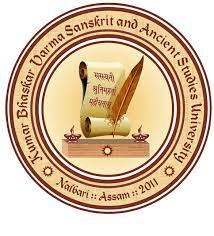

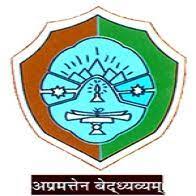













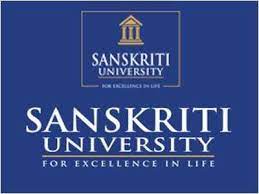

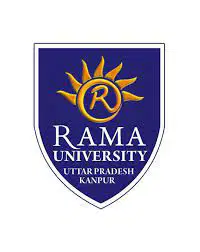



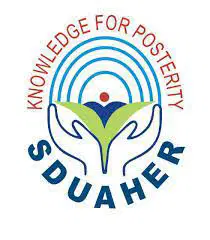


 back
back